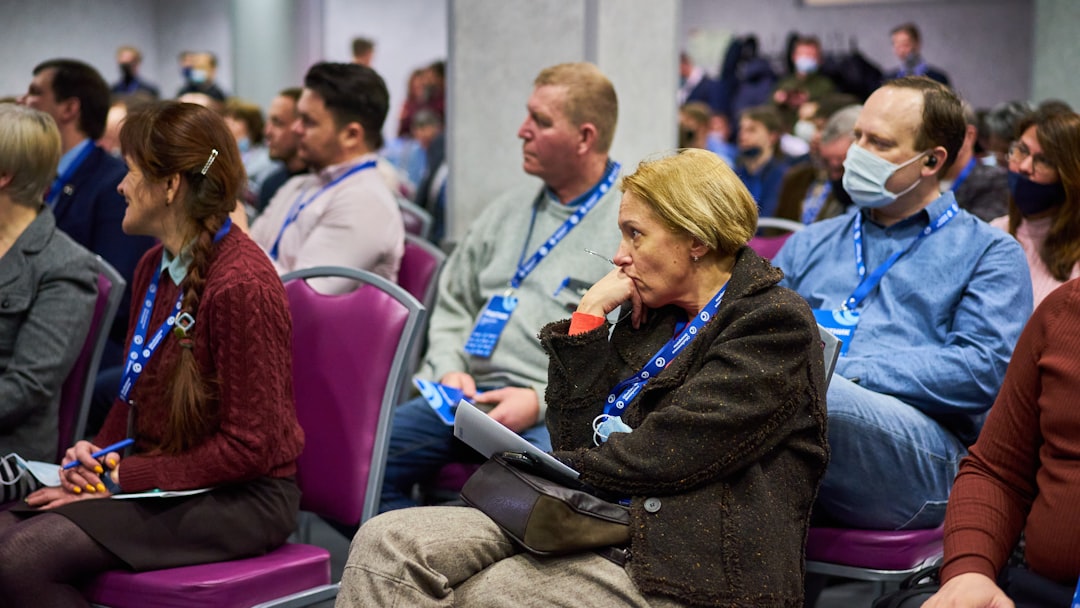What is it about?
Increasing numbers of ‘Western’ families spend several months a year in Goa, India, and the rest of the time in the parents’ native countries or elsewhere. These ‘lifestyle migrants’ are motivated by a search for ‘a better quality of life.’ This article asks whether their children can be labeled as Third Culture Kids (TCKs) by elaborating and critically probing this concept. Based on extensive ethnography, the study not only examined what children say in interviews, but also paid attention to what they do. Findings from the study problematize the presumed elitist privilege of TCKs and the assumption that the parents have an unproblematic sense of belonging to their native ‘cultures.’ The article elaborates on what it means for the children to live in the global subcultural center of Goa and on their agency in creating the social and cultural environment in which they live.
Featured Image
Why is it important?
Increasing numbers of children live transnationally mobile lives but very little is know of their experiences.
Read the Original
This page is a summary of: A (sub)culture of their own? Children of lifestyle migrants in Goa, India, Asian and Pacific Migration Journal, October 2016, SAGE Publications,
DOI: 10.1177/0117196816671959.
You can read the full text:
Contributors
The following have contributed to this page










